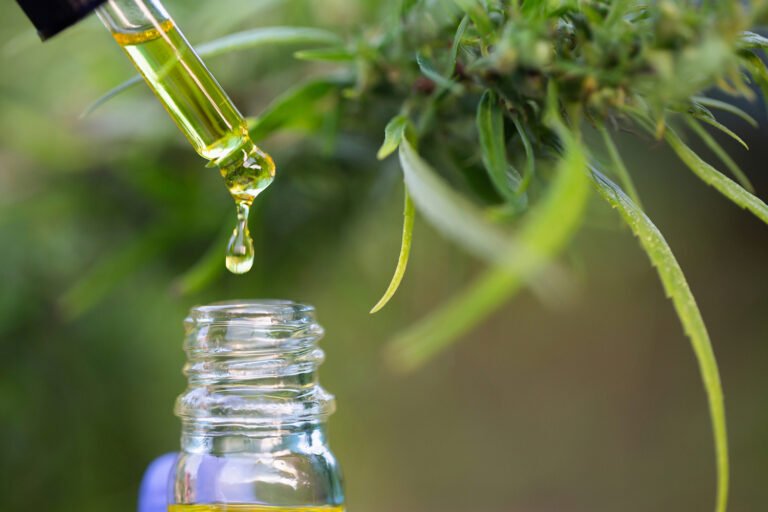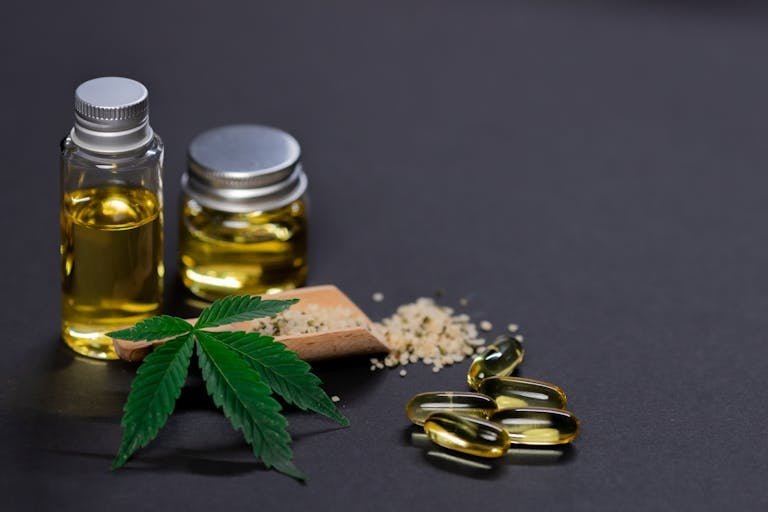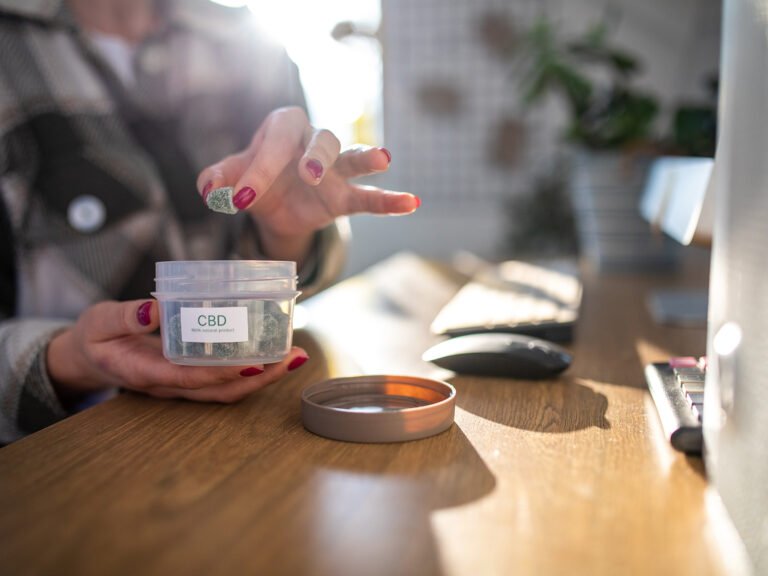The Different Ways to Extract CBD (And Which One’s Right for You)
CBD has taken the wellness world by storm. Whether you’re hearing it mentioned in yoga studios, health food stores, or from that friend who’s now a CBD oil evangelist, it’s safe to say this plant-based compound is having a serious moment. But behind every bottle of CBD oil is some pretty fascinating (and sometimes complex) science. One key piece of that science? How the CBD is extracted.
Just like brewing the perfect coffee or baking a flawless loaf of sourdough, the method you choose to extract CBD affects everything—flavor, potency, purity, and even price. Today, we’re breaking down the four most common extraction methods in a way that’s clear, approachable, and yes, a little fun. By the end, you’ll know what’s what—and which method makes the most sense depending on your needs.
1. CO2 Extraction
If there’s a rockstar of CBD extraction, it’s the CO2 method. This process involves using supercritical carbon dioxide (CO2)—which means the CO2 is both a gas and a liquid at the same time (because science is cool like that). The CO2 is used to pull out CBD and other cannabinoids from the hemp plant.
How It Works:
Picture a super high-tech espresso machine working its magic on hemp. It pumps CO2 into an extraction chamber at high pressure and low temperature, pulling out the cannabinoids and terpenes. What’s left behind is essentially liquid gold, pure bliss for CBD enthusiasts.
Pros:
- Pure and Potent: The result is a high-quality, contaminant-free CBD product.
- Scalable: Perfect for commercial operations.
- Efficient: Extracts not just CBD but also other valuable compounds.
Cons:
- Expensive Setup: The equipment isn’t exactly budget-friendly.
- Complex: Requires expertise and precision.
If you’re looking for top-shelf CBD that’s as pure as it gets, CO2 extraction is the way to go. That said, it may be a bit overkill for someone dabbling in small-scale, at-home experiments.
2. Ethanol Extraction
Ethanol extraction is the workhorse of CBD production. Extracting CBD from the hemp plant uses the same alcohol found in spirits like vodka. Don’t worry, you won’t get tipsy from the final product.
How It Works:
The hemp is soaked in ethanol, which dissolves the CBD and other cannabinoids. Think of it like making a giant pot of CBD tea—ethanol being the hot water.
Pros:
- Cost-Effective: Cheaper than CO2 extraction.
- Fast: Quick process, making it great for large-scale operations.
- Efficient Extraction: Pulls out a wide range of cannabinoids and terpenes.
Cons:
- Chlorophyll Contamination: The process may extract chlorophyll, leaving a bitter taste.
- Post-Processing Required: Additional steps are needed to refine the extract.
Ethanol extraction strikes a balance between quality and efficiency, making it a popular choice for commercial CBD producers.
3. Olive Oil Extraction
Here’s an old-school method that’s simple and safe. Olive oil extraction is a go-to for DIYers who want to make their own CBD at home. Plus, no need for fancy, expensive equipment—just basic kitchen tools.
How It Works:
The hemp is heated to activate the CBD (a process called decarboxylation). Then it’s simmered in olive oil, which acts as the “carrier” for the cannabinoids. Voilà—you’ve got your homemade CBD in oil form.
Pros:
- Safe and Simple: Perfect for beginners.
- No Fancy Equipment: All you need is a stove and some olive oil.
- Natural Carrier Oil: Creates a product ready for immediate use.
Cons:
- Lower Concentrations: The final product isn’t as potent as other methods.
- Short Shelf Life: The oil can spoil over time.
If you’re just dipping your toes into the CBD world and enjoy a hands-on approach, olive oil extraction is a fun and easy starting point.
4. Dry Ice Extraction
Dry ice extraction sounds like something a mad scientist would dream up, but it’s surprisingly accessible. This method is popular among hobbyists who want high-quality CBD without shelling out for fancy equipment.
How It Works:
You break the hemp into smaller pieces and cover it in dry ice. After it chills for a while, you shake off the frozen trichomes (the plant’s resin packed with cannabinoids) through a mesh bag. Then, you collect the trichomes and process them into CBD products.
Pros:
- No Solvents Required: Keeps the process chemical-free.
- High Potency: Produces a concentrated extract.
- DIY-Friendly: Doesn’t require advanced technical skills.
Cons:
- Labor-Intensive: Requires attention and effort.
- Hard to Perfect: Results can vary depending on your setup.
Dry ice extraction offers a low-budget yet effective way to create CBD extracts, perfect for hobbyists who enjoy experimenting.
Comparison Table
| Method | Efficiency | Safety | Cost | Final Product Quality |
|---|---|---|---|---|
| CO2 Extraction | High | Very Safe | High | Premium |
| Ethanol Extraction | Moderate | Safe | Moderate | Good |
| Olive Oil Extraction | Low | Very Safe | Low | Moderate |
| Dry Ice Extraction | Moderate | Safe | Low | High |
Which CBD Extraction Method Should You Choose?
There’s no one-size-fits-all answer to extracting CBD; it depends on your goals and resources. Here’s a quick recap to guide you:
- For Maximum Quality: CO2 extraction is the gold standard.
- For Budget-Friendly Commercial Use: Ethanol extraction offers great value.
- For DIY Beginners: Olive oil extraction is simple, safe, and accessible.
- For Hobbyists: Dry ice extraction is perfect if you like to tinker at home.
Understanding the extraction process can make you a more informed CBD enthusiast or producer. Whether you’re looking for the purest product or a fun DIY project, there’s a method to suit your needs.
And if you’d rather leave the work to the pros? Opt for CBD products from reputable brands that explain their extraction methods upfront. Knowledge is power (and it tastes pretty great in CBD form).
Disclaimer: This article is for informational purposes only and should not be considered medical advice. Always consult with a healthcare professional before starting any new supplement or treatment.







